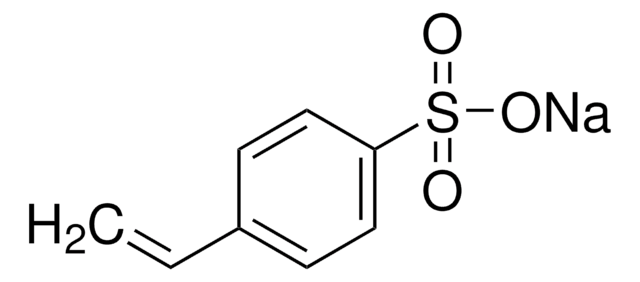Wichtige Dokumente
496146
[2-(Acryloyloxy)ethyl]trimethylammoniumchlorid -Lösung
80 wt. % in H2O, contains 600 ppm monomethyl ether hydroquinone as inhibitor
Synonym(e):
2-(Dimethylamino)-ethyl-acrylat, Methyl-chlorid quartäres Salz
About This Item
Empfohlene Produkte
Enthält
600 ppm monomethyl ether hydroquinone as inhibitor
Qualitätsniveau
Konzentration
80 wt. % in H2O
Brechungsindex
n20/D 1.478
Dichte
1.132 g/mL at 25 °C
Lagertemp.
2-8°C
SMILES String
[Cl-].C[N+](C)(C)CCOC(=O)C=C
InChI
1S/C8H16NO2.ClH/c1-5-8(10)11-7-6-9(2,3)4;/h5H,1,6-7H2,2-4H3;1H/q+1;/p-1
InChIKey
FZGFBJMPSHGTRQ-UHFFFAOYSA-M
Anwendung
- Dual functional quaternary chitosans with thermoresponsive behavior: structure-activity relationships in antibacterial activity and biocompatibility: This research evaluates quaternary chitosans modified with [2-(Acryloyloxy)ethyl]trimethylammonium chloride, analyzing their thermoresponsive properties, antibacterial activity, and biocompatibility, which are critical for developing smart biomaterials (Borandeh et al., 2023).
- Removal of Antimony(III) and Antimony(V) from water samples through water-soluble polymer-enhanced ultrafiltration: The application of [2-(Acryloyloxy)ethyl]trimethylammonium chloride in environmental science is illustrated by its use in enhancing polymer ultrafiltration systems designed for the efficient removal of antimony contaminants from water (Dündar et al., 2022).
- Stable Antimicrobial Activity Achieved via Immobilization of Quaternary Ammonium Chloride on Hair: This article explores the immobilization of [2-(Acryloyloxy)ethyl]trimethylammonium chloride on hair fibers, achieving stable antimicrobial properties which are proposed for use in hygienic hair care products (Kim and Son, 2018).
Signalwort
Warning
H-Sätze
Gefahreneinstufungen
Acute Tox. 4 Oral - Eye Irrit. 2 - Skin Sens. 1
Lagerklassenschlüssel
12 - Non Combustible Liquids
WGK
WGK 1
Flammpunkt (°F)
Not applicable
Flammpunkt (°C)
Not applicable
Hier finden Sie alle aktuellen Versionen:
Besitzen Sie dieses Produkt bereits?
In der Dokumentenbibliothek finden Sie die Dokumentation zu den Produkten, die Sie kürzlich erworben haben.
Kunden haben sich ebenfalls angesehen
Unser Team von Wissenschaftlern verfügt über Erfahrung in allen Forschungsbereichen einschließlich Life Science, Materialwissenschaften, chemischer Synthese, Chromatographie, Analytik und vielen mehr..
Setzen Sie sich mit dem technischen Dienst in Verbindung.![[2-(Methacryloyloxy)ethyl]trimethylammoniumchlorid -Lösung 75 wt. % in H2O](/deepweb/assets/sigmaaldrich/product/structures/316/612/66b0f4cf-d060-427d-b4f5-e8fab3e5cffe/640/66b0f4cf-d060-427d-b4f5-e8fab3e5cffe.png)

![[2-(Methacryloyloxy)-ethyl]-dimethyl-(3-sulfopropyl)-ammoniumhydroxid 95%](/deepweb/assets/sigmaaldrich/product/structures/217/219/73c91e1c-0ee4-4b3d-bead-a6dc3d09d1da/640/73c91e1c-0ee4-4b3d-bead-a6dc3d09d1da.png)
![[3-(Methacryloylamino)propyl]trimethylammoniumchlorid -Lösung 50 wt. % in H2O](/deepweb/assets/sigmaaldrich/product/structures/189/736/089bc8ae-2a98-416d-9f9a-a0a510b6b828/640/089bc8ae-2a98-416d-9f9a-a0a510b6b828.png)


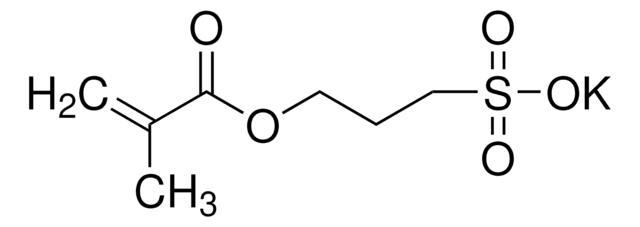
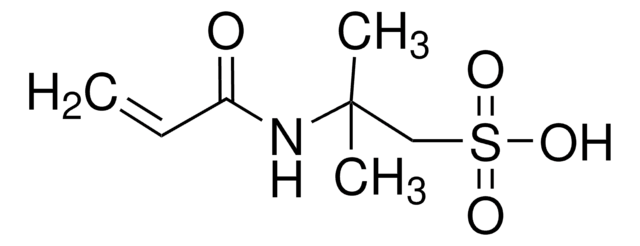
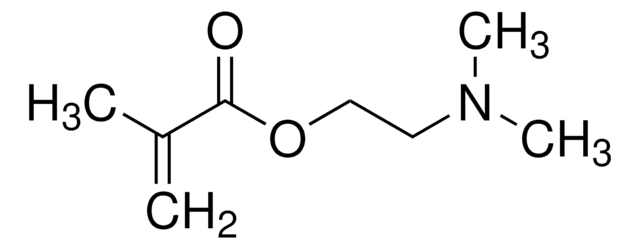
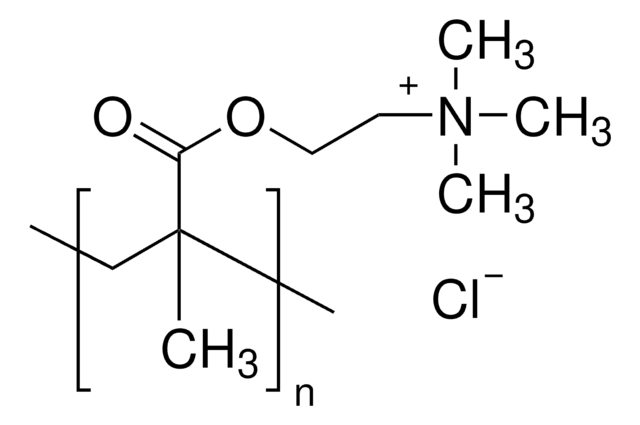

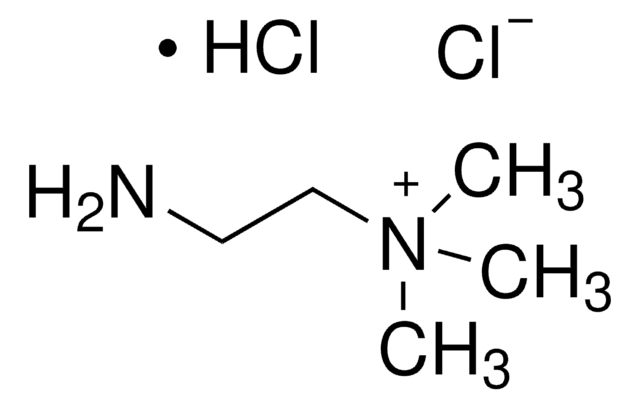

![N-[3-(Dimethylamino)propyl]methacrylamid 99%, contains MEHQ as inhibitor](/deepweb/assets/sigmaaldrich/product/structures/295/145/6b4aae15-7cb5-4b7b-9c06-8e6d24e50951/640/6b4aae15-7cb5-4b7b-9c06-8e6d24e50951.png)
